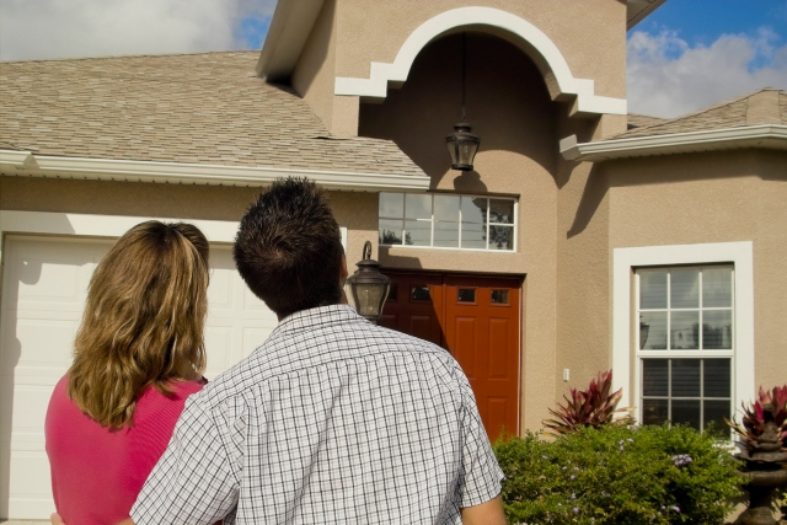
If you are planning to buy a house or apartment in the near future, it is essential that you include all the costs associated with moving to your new home, as well as the cost of the property itself, when trying to ascertain what you can and cannot afford. To make your life a little easier, I have listed the most common costs that need to be considered.
- The mortgage – you need to know both how much the monthly repayments will be and what the overall amount you will have to repay is likely to be. The first figure will help you to work out whether you can afford to borrow a certain sum and the second figure should be analysed to make sure that you are happy you are getting a good deal. When calculating these figures you need to bear in mind that the rate of interest charged by your lender will normally move in tandem with the base rate set by the central bank. For instance, Australian borrowers should keep track of the Official Cash Rate set by the Royal Bank of Australia if they want to avoid any unpleasant surprises. Because of the nature of variable rate loans it will not be possible to calculate your home loan costs with complete accuracy so do make sure that you have a little room to manoeuvre in the event that interest rates should happen to rise in the near future.
- Transportation – probably the biggest cost associated with moving into a new home outside of cost of the property purchase itself will be that of transporting all your worldly possessions from your current home to your new one. It is a good idea to request two or three detailed quotations from reputable, local removal firms to make sure that you do not underestimate just how much it will cost to move everything that you own.
- Utilities – you will probably have to pay a small fee to electricity, gas, telephone and internet providers when you move, in order to get hooked up. Whilst not large amounts when taken separately, they all add up and will need to be included in your calculations. It is worth asking the current owners if they mind telling you roughly how much their monthly electricity and gas bills are so that you have a rough idea of what you will be paying once you have moved in.
- Stamp duty – when you buy a property in most developed countries around the world, you have to pay a government tax, which is normally a small percentage of the sale price. Known as stamp duty, it could add 5% or more to the price of your home depending on where you live, so you definitely need to include it in your calculations. In some parts of the world, such as New South Wales, Australia, the amount levied will depend on whether you are buying the property to live in or purely for investment purposes, so you obviously need to be clear about what you propose to do with your new house before you go ahead with the purchase. For most people this will not be an issue but it is worth knowing in case you are undecided about whether the property you are going to buy will be your main home or not.
These are the most significant costs associated with buying and moving into a new home so if you take them all into account when you are working out your budget, you should be able to avoid being tripped up by any large, unexpected bills.



